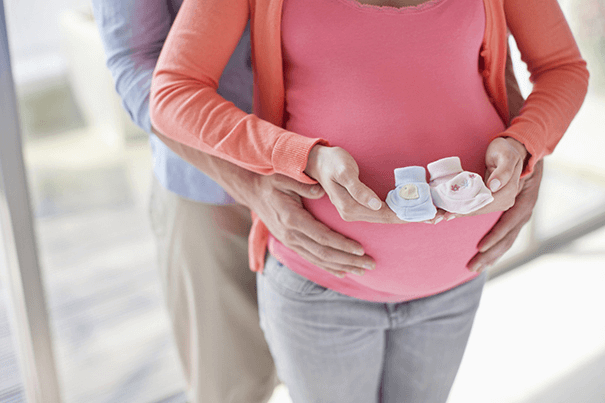How To Get Pregnant With Twins?

While there’s no surefire way to guarantee a twin pregnancy, certain factors can increase the likelihood of conceiving multiples. These factors include fertility treatments, such as in vitro fertilization (IVF), as well as genetics, race, body composition, and age. While having twins can double the joy, it’s important to understand the unique risks associated with multiple pregnancies for both the babies and the expectant mother.
How Are Twins Conceived?
There are two types of twins: fraternal (dizygotic) and identical (monozygotic). Their conception processes differ:
- Fraternal twins occur when two separate eggs are fertilized by two different sperm cells. These twins are genetically similar to regular siblings and have their own placentas and amniotic sacs.
- Identical twins result from a single fertilized egg that splits into two embryos. Depending on when the split occurs, identical twins may share a placenta and amniotic sac, or have separate ones.
What Are the Chances of Having Twins?
According to the Centers for Disease Control and Prevention (CDC), the twin birth rate in the U.S. is 31.1 per 1,000 live births, or about 3%. This rate has increased by over 30% since the 1980s, largely due to the use of IVF. However, the incidence of identical twins has remained stable at three to five per 1,000 births.
Factors That Increase the Likelihood of Twins Without Medical Treatment
Several factors can increase the chances of naturally conceiving twins:
- Heredity: A family history of twins, particularly on the mother’s side, can increase the likelihood of releasing multiple eggs.
- Geographic Area: Certain regions have higher twin birth rates, such as Nigeria, which boasts the world’s highest rate of twinning.
- Race: Black individuals have the highest incidence of twins, while Asian and Native American populations have the lowest. Caucasians, especially those over 35, also have higher chances of multiple births.
- Age: Women over 30 or 35 are more likely to conceive twins due to hormonal changes that promote the release of multiple eggs.
- Body Composition: Taller individuals or those with higher body weight have a greater chance of conceiving twins, possibly due to higher estrogen levels, which can lead to the release of more than one egg during ovulation.
Increased Likelihood of Twins With Medical Treatment
Fertility treatments significantly boost the chances of having twins. Treatments such as IVF and ovulation-stimulating medications like Clomid can cause the release of multiple eggs. While IVF has historically increased twin rates, the trend is decreasing as doctors now prefer transferring a single embryo to minimize risks associated with multiple pregnancies.
Also read: Hidden Signs And Symptoms Of Twin Pregnancy
Risks Associated with Twin Pregnancies
Multiple pregnancies carry increased risks, including:
- Preterm Birth: About 60% of twins are born before 37 weeks, increasing their chances of requiring neonatal intensive care.
- Health Complications: Twins are more likely to develop cerebral palsy and other health issues.
- Risks for the Mother: The likelihood of high blood pressure, gestational diabetes, and other complications is higher in twin pregnancies.
Understanding these risks and factors can help prospective parents make informed decisions about their journey to conceiving twins. If you’re seeking guidance or support during your pregnancy, consider professional programs that offer specialized care and advice tailored to expecting multiples.
Also read: Are There Any Differences Between Single And Twin Pregnancy Symptoms?






